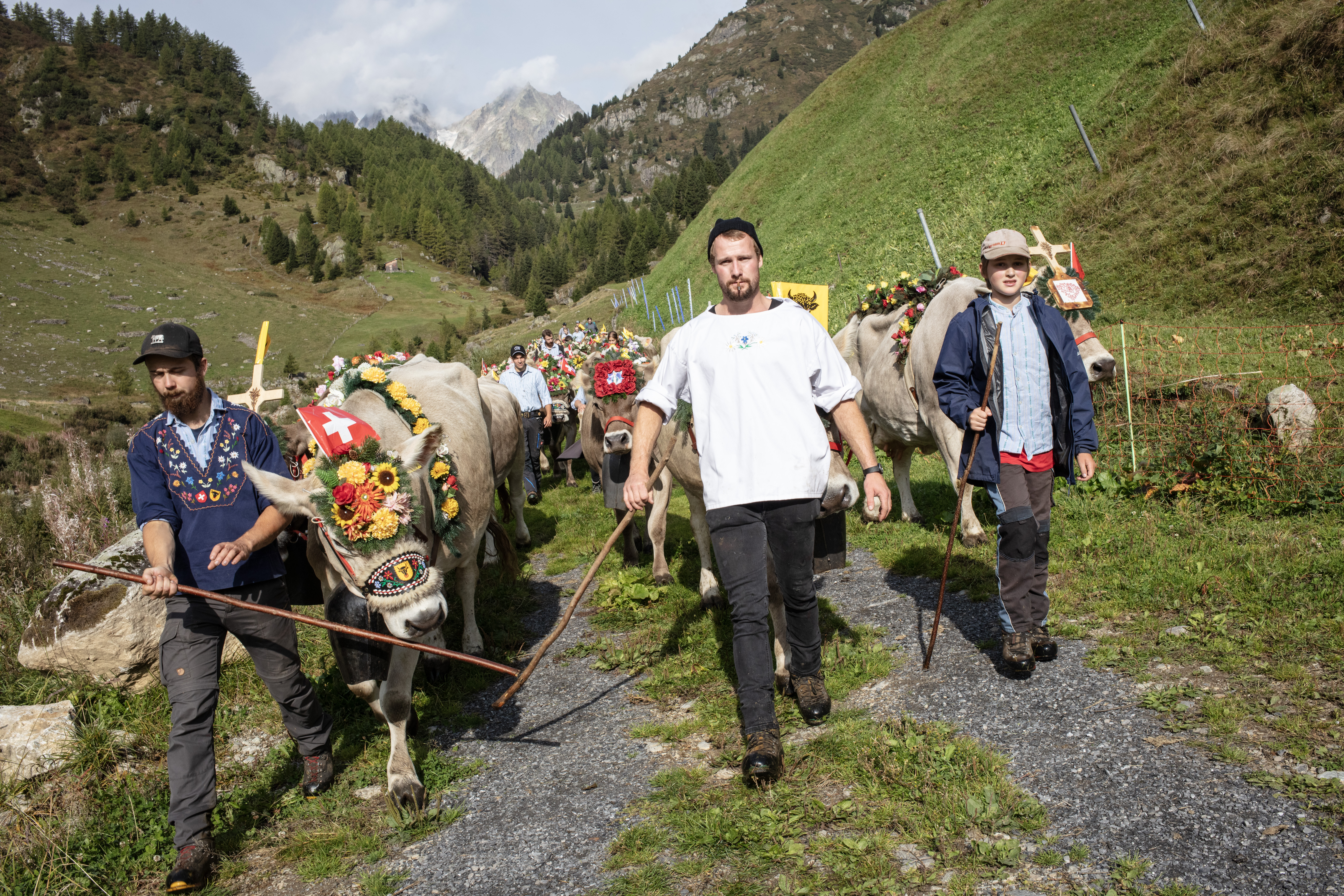
Landmine legacy will haunt Bosnia for decades

As a major anti-mine summit continues in Kenya, swissinfo examines the situation in Bosnia-Herzegovina – Europe’s most heavily mined country.
Bosnia’s inter-ethnic conflict ended nearly a decade ago but local officials say it could take up to 70 years to rid the country of mines.
“Unfortunately, nobody knows exactly how many mines litter our landscape or how long it will take to make this country mine-free,” said Ahdin Orahovac, the deputy director of Bosnia-Herzegovina’s Mine Action Centre (BHMAC).
“We believe that we only know about half of the mines that are buried here… so it will take many decades to finish this job,” Orahovac told swissinfo.
According to the Swiss-run International Committee of the Red Cross (ICRC), over 670,000 mines remain buried in more than 18,000 registered minefields across Bosnia.
What’s more, well over a million people, or more than a quarter of the population, are living in mine-affected communities.
Impact
“We are now faced with a situation where roughly 30 per cent of Bosnia’s territory is impacted by landmines,” said Michele Blatti of the ICRC’s Sarajevo office. “So it could take years to completely clear this country.”
According to the government, between 1996 and early 2004, just 45 square kilometres had been cleared of anti-personnel mines.
A visit to a minefield just outside Sarajevo reveals why this is such a painstakingly slow process.
Day after day, pairs of men, whose job it once was to lay mines during the conflict, now work side by side in an effort to take those same weapons out of the ground.
“As a soldier, I planted mines to save my life,” said the site’s deputy supervisor, Braco Panduveric. “But now I am taking them away to save the lives of my children.”
Detonating
Relying mostly on metal detectors and a steady hand, the teams scan the soil inch-by-inch, searching for anti-personnel mines, which can lie dormant for years until a person or an animal triggers their detonating mechanism.
Since 1992, these types of weapons have killed or maimed over 4,800 Bosnian men, women and children.
Stevo Crnobrania was six years old when he stepped on a mine near his grandparents’ home outside the predominantly Serb city of Banja Luka in 1993.
Both his legs had to be amputated above the knee. Now a teenager, he worries about his future as a disabled person in a country plagued by soaring unemployment and poverty.
“I still get angry and frustrated a lot,” Crnobrania told swissinfo. “I wonder why this happened to me and whether I will be able to find a job and settle down to raise a family.
Survivor
“I try to stay positive, though, and remind myself that I am a survivor and not a victim,” he added.
Thanks to intensive demining efforts and mine risk education, accidents like Crnobrania’s are becoming increasingly rare.
Over the past few years, victim rates in Bosnia have fallen steadily from 632 mine-related deaths and injuries in 1996 to 54 last year.
Yet these indiscriminate killers continue to claim innocent lives – often because people are forced to enter mined areas in order to hunt or grow crops to feed their families.
“Men between the ages of 19 and 39 are the most at risk,” explained Blatti. “That’s because economic necessity leads to risk-taking behaviour.”
Hampering recovery
She added that the country’s landmine scourge was also hampering economic recovery and reconstruction efforts.
“How do you recover from a conflict when even socio-economic development is inhibited by the presence of landmines?” Blatti said.
“Daily activities like going to work or school or trying to rebuild factories suddenly become very hazardous and so progress is slow.”
But despite all of these challenges, Bosnia is generally seen as a prime example of a country that is trying to take charge of its own landmine problem.
In 1999 it became a signatory to the Ottawa Convention and has since completely destroyed its stockpile of anti-personnel mines.
Thanks to ongoing awareness programmes, generations of schoolchildren are expected to be educated about the risks associated with these deadly weapons.
Meanwhile, the government has adopted a national demining strategy that aims to free the country from the negative impact of mines and unexploded ordinance by 2010.
swissinfo, Anna Nelson in Bosnia-Herzegovina
Officials from 143 countries – including Switzerland – are attending the landmines summit in Kenya, which opened on Monday and runs until Friday.
One of their main goals is to step up demining efforts in places like Bosnia-Herzegovina.
Switzerland, which is home to the ICRC, is a major supporter of mine awareness and clearance activities around the world.

In compliance with the JTI standards
More: SWI swissinfo.ch certified by the Journalism Trust Initiative






























You can find an overview of ongoing debates with our journalists here . Please join us!
If you want to start a conversation about a topic raised in this article or want to report factual errors, email us at english@swissinfo.ch.